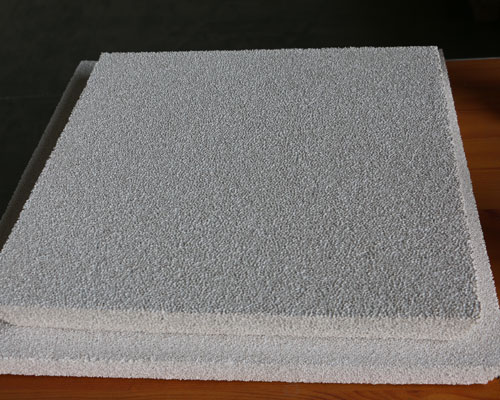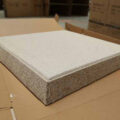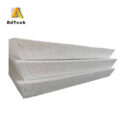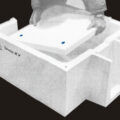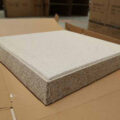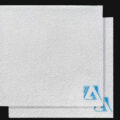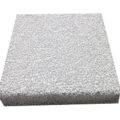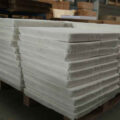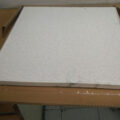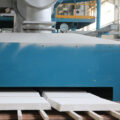CFF can achieve high aluminum filtration efficiency. The bridge-like structure of inclusions in the top area of the filter helps to improve efficiency. As we all know, in the deep bed filtration mode, Ceramic foam filter can also remove inclusions smaller than the filter pore size.
The cleanliness of aluminum has always been the focus of attention, and it is still a concern in the aluminum casting industry. Generally, cleaning aluminum and its alloys refers to the removal of pollutants (such as dissolved gases (especially hydrogen), non-metallic inclusions (such as oxides, carbides and nitrides), various intermetallic compounds, and alkali and alkaline earth metal elements (Such as sodium), lithium, and calcium. These pollutants enter molten aluminum through the extraction of ore and raw materials used in the metallurgical process, through the refractory materials and the atmosphere in the aluminum production process, and even through the refining process. According to reports, the inclusion of aluminum Common types are oxides, nitrides, carbides, fluorides and borides.
Extensive research has significantly improved our current understanding of all aspects of these pollutants, and melt cleaning practices have been established and routinely used in many foundries. However, with the increasing demand for improved metal performance, the requirements for the cleanliness of molten metal have become extremely stringent. Various methods, such as precipitation, flow transport, bubble flotation, filtration, and electromagnetic force, are used to remove inclusions in molten aluminum. The investment in CFF aluminum filtration systems is relatively cheap, so all measures to make them more efficient must be explored.
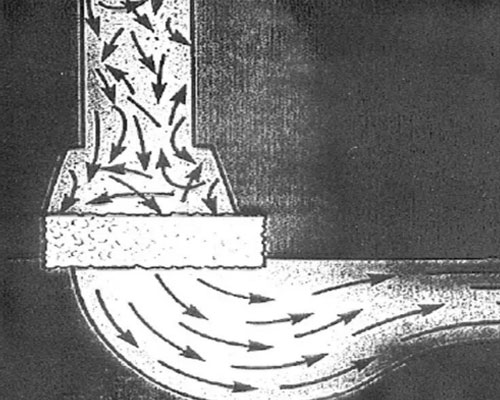
The molten aluminum filtration efficiency of ceramic foam filter materials may be affected by several parameters. These parameters can be classified as filter parameters. These parameters include geometric dimensions, the size of structural units, the distribution method in the filter, porosity and chemical properties; including parameters, including properties, size and quantity; fluid and process parameters, including alloys, use of grain refiner rods, filtration rate and upstream processing. These parameters determine the filtration efficiency of the filter material in the filtration process through several mechanisms.
Sieving, cake filtration and deep bed filtration are mechanisms for removing impurities. If the size of the impurities is equivalent to the filter pore size, cake filtration will be performed. In this case, the particles are still trapped on the top of the filter material, and continuous inclusions captured by the molten metal filter. If the inclusions are smaller than the filter pore size, the foam filter will be used as a deep bed filter. The three mechanisms work together or individually to achieve effective deep bed filtration.

